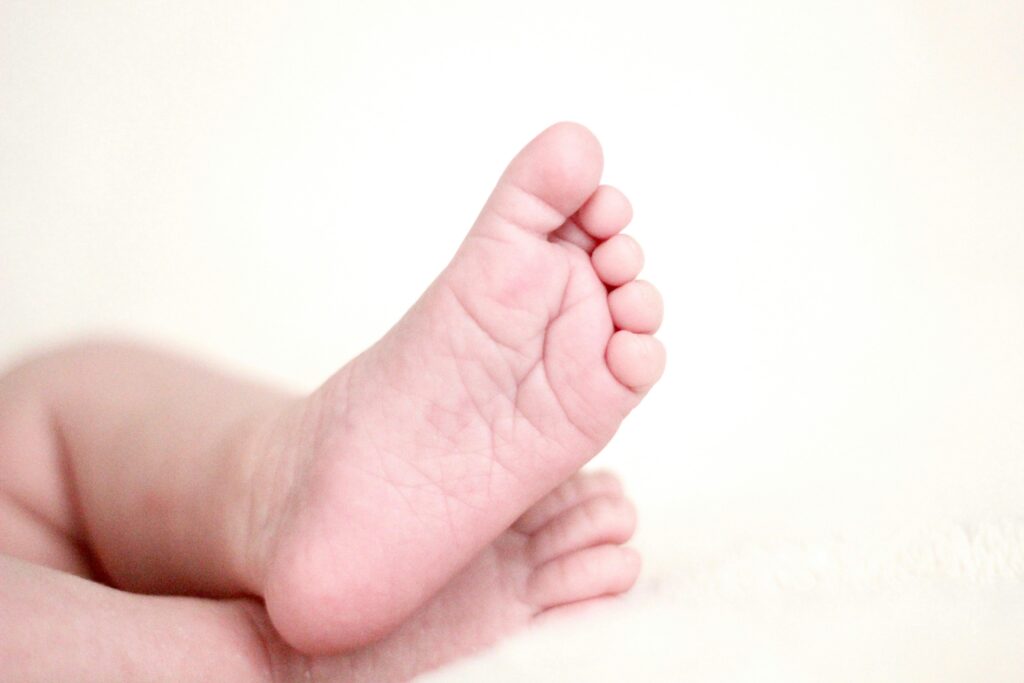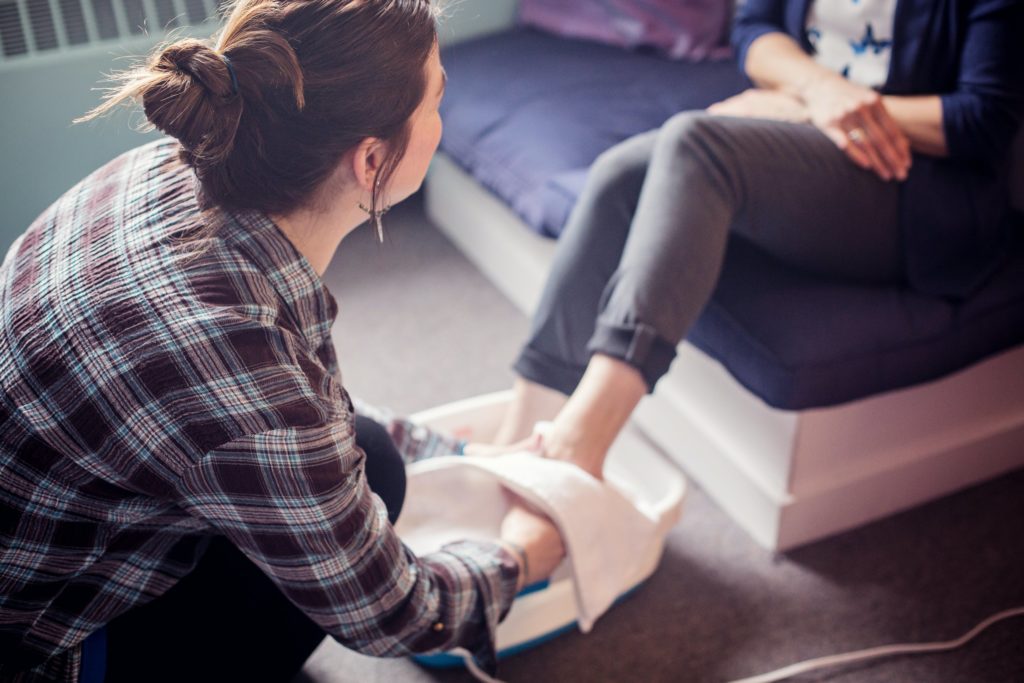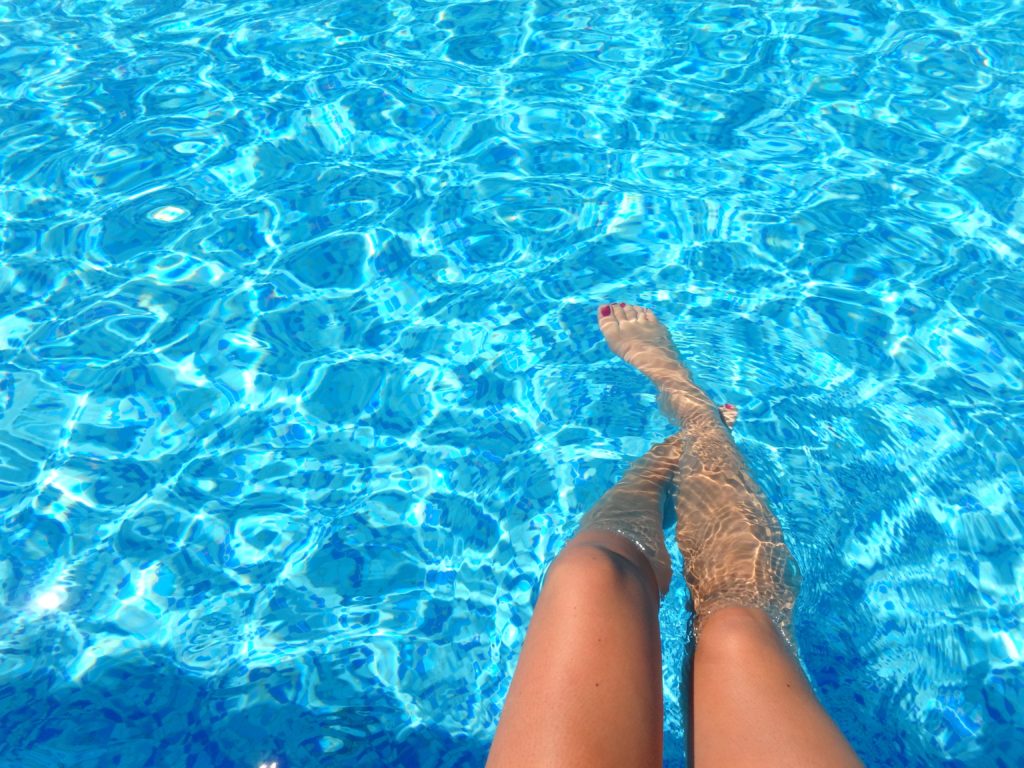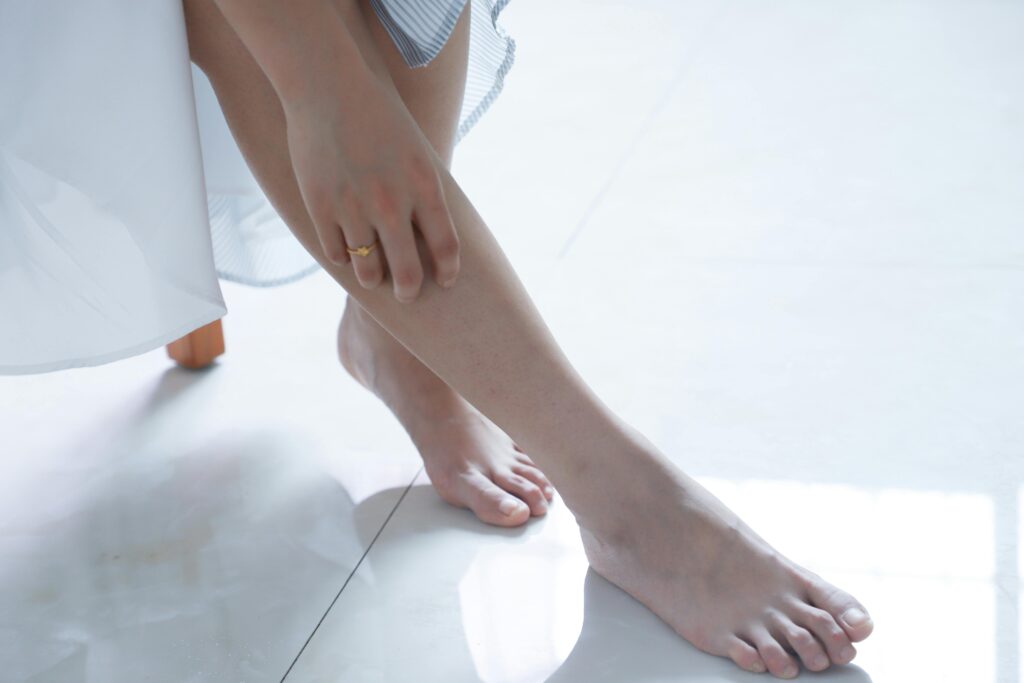Our feet endure a lot daily, from the pressures of walking and standing to exposure to various environmental factors. Over time, this can lead to the buildup of dead skin, calluses, and rough patches. To restore the smoothness and health of your feet, a foot peeling mask can be an excellent solution.
In this article, we’ll explore the benefits of using a foot peeling mask, how it works, and why it should be a part of your foot care routine.
What Is a Foot Peeling Mask?
A foot peeling mask is a treatment designed to exfoliate and remove dead skin cells from your feet. Typically, these masks come in the form of plastic booties filled with a gel-like solution containing exfoliating acids, enzymes, and other skin-softening agents. Once applied, the mask works to gently slough off dead skin, revealing softer, smoother feet.
How Foot Peeling Masks Work
Foot peeling masks work through a process called keratolysis, which involves breaking down the outer layer of the skin. The key ingredients in these masks are usually alpha-hydroxy acids (AHAs), beta-hydroxy acids (BHAs), and fruit enzymes. Here’s how they function:
1. Exfoliation
The acids and enzymes in the foot peeling mask penetrate the outer layer of the skin, dissolving the bonds between dead skin cells. This process allows the dead skin to slough off naturally over several days, revealing fresh, new skin underneath.
2. Hydration
Many foot peeling masks also contain hydrating ingredients like hyaluronic acid or glycerin. These ingredients help to moisturize the skin, preventing dryness and maintaining softness as the dead skin is removed.
3. Soothing
Foot peeling masks often include soothing agents like aloe vera or chamomile extract to reduce irritation and inflammation. These components help calm the skin and provide a comfortable peeling experience.
Benefits of Using a Foot Peeling Mask
Using a foot peeling mask can provide a range of benefits, enhancing the overall health and appearance of your feet.
1. Smooths Rough Skin
One of the most significant benefits of a foot peeling mask is its ability to smooth rough and calloused skin. Regular use can effectively remove hardened skin and calluses, leaving your feet feeling soft and smooth.
2. Reduces Foot Odor
Dead skin buildup can contribute to unpleasant foot odor. By exfoliating and removing this buildup, a foot peeling mask can help reduce odor and keep your feet smelling fresh.
3. Improves Skin Texture
Foot peeling masks help improve the texture of the skin by removing rough patches and uneven areas. This results in a more even, polished appearance, enhancing the overall look and feel of your feet.
4. Enhances Moisture Absorption
By removing the layer of dead skin, foot peeling masks allow for better absorption of moisturizers and foot creams. This means that any hydrating products you apply afterward will be more effective, leading to better results.
5. Promotes Healthy Skin Renewal
The exfoliation process encourages the renewal of healthy skin cells. By regularly using a foot peeling mask, you support your skin’s natural regeneration process, helping to maintain a youthful appearance and healthy feet.
6. Prevents and Treats Cracked Heels
Cracked heels are often caused by dry, hardened skin. Foot peeling masks help to remove the dead skin and prevent further cracking. Regular use can also aid in treating existing cracks, providing relief and promoting healing.
7. Provides a Relaxing Spa Experience
Using a foot peeling mask can be a soothing and enjoyable experience. The process of applying the mask and relaxing while it works provides a spa-like treatment that helps reduce stress and promotes relaxation.
How to Use a Foot Peeling Mask
To achieve the best results from a foot peeling mask, follow these steps:
1. Clean and Dry Your Feet
Before applying the mask, ensure that your feet are clean and completely dry. Wash them with soap and water, then pat them dry with a towel.
2. Apply the Mask
Carefully put on the foot peeling mask, following the instructions provided with the product. Most masks come in the form of plastic booties that should be secured around your ankles.
3. Wait for the Designated Time
Allow the mask to remain on your feet for the recommended amount of time, usually between 60 to 90 minutes. During this period, you can relax and let the mask do its work.
4. Rinse Off
After the recommended time has passed, remove the mask and rinse your feet thoroughly with warm water. Pat them dry with a clean towel.
5. Moisturize
Apply a moisturizing foot cream or lotion to keep your feet hydrated. This step is crucial as it helps maintain softness and supports the skin’s recovery process.
6. Wait for Peeling
The peeling process will usually begin 3 to 7 days after using the mask. Avoid picking at the skin; instead, let it naturally shed to reveal smoother feet.
Tips for Maintaining Healthy Feet
- Regular Exfoliation: In addition to foot peeling masks, incorporate regular exfoliation into your foot care routine to keep skin smooth and healthy.
- Hydrate Daily: Use a good-quality foot cream daily to maintain hydration and prevent dryness.
- Wear Proper Footwear: Choose well-fitting shoes that provide support and reduce pressure on your feet.
- Stay Active: Regular physical activity helps improve circulation and keeps your feet healthy.
Conclusion
Foot peeling masks offer a simple yet effective way to rejuvenate your feet, providing numerous benefits from smoother skin to improved moisture absorption. By incorporating these masks into your foot care routine, you can enjoy healthier, more attractive feet with minimal effort. The combination of exfoliation, hydration, and soothing ingredients makes foot peeling masks a valuable addition to any self-care regimen.
FAQs
1. How often should I use a foot peeling mask?
It is generally recommended to use a foot peeling mask every 4 to 6 weeks. Overusing the mask can lead to irritation or sensitivity, so it’s best to follow the manufacturer’s guidelines and give your skin time to recover.
2. Are foot peeling masks suitable for all skin types?
Most foot peeling masks are suitable for various skin types, including sensitive skin. However, if you have specific skin conditions or concerns, consult a dermatologist before using the mask to ensure it is appropriate for you.
3. Can I use a foot peeling mask if I have foot injuries or infections?
No, it’s best to avoid using a foot peeling mask on broken, irritated, or infected skin. Applying the mask to compromised skin could exacerbate the condition or cause further irritation. Wait until your feet are fully healed before using the mask.
4. How long does it take for the peeling process to start?
The peeling process usually begins 3 to 7 days after applying the foot peeling mask. The timing can vary depending on the product and individual skin types. Be patient and avoid picking at the skin during this time.
5. Can I speed up the peeling process?
While you cannot significantly speed up the peeling process, you can help by keeping your feet moisturized and avoiding excessive friction. Gently exfoliate your feet with a pumice stone or foot file to help remove loose skin once peeling begins.
6. Are there any side effects of using a foot peeling mask?
Foot peeling masks are generally safe, but some individuals may experience mild irritation, redness, or sensitivity. If you notice any severe reactions or discomfort, discontinue use and consult a healthcare professional.



